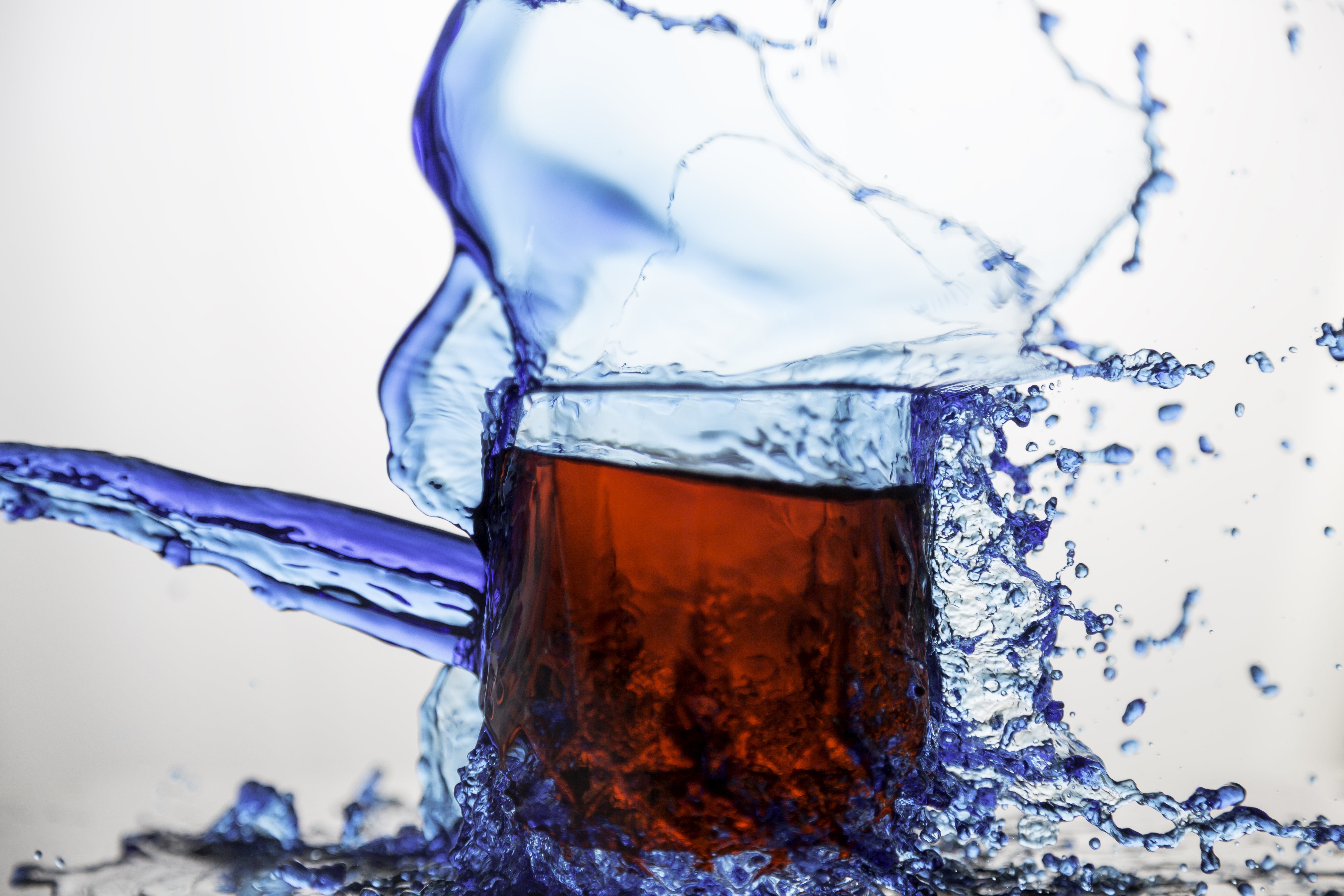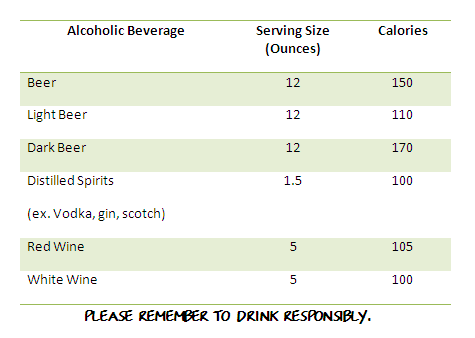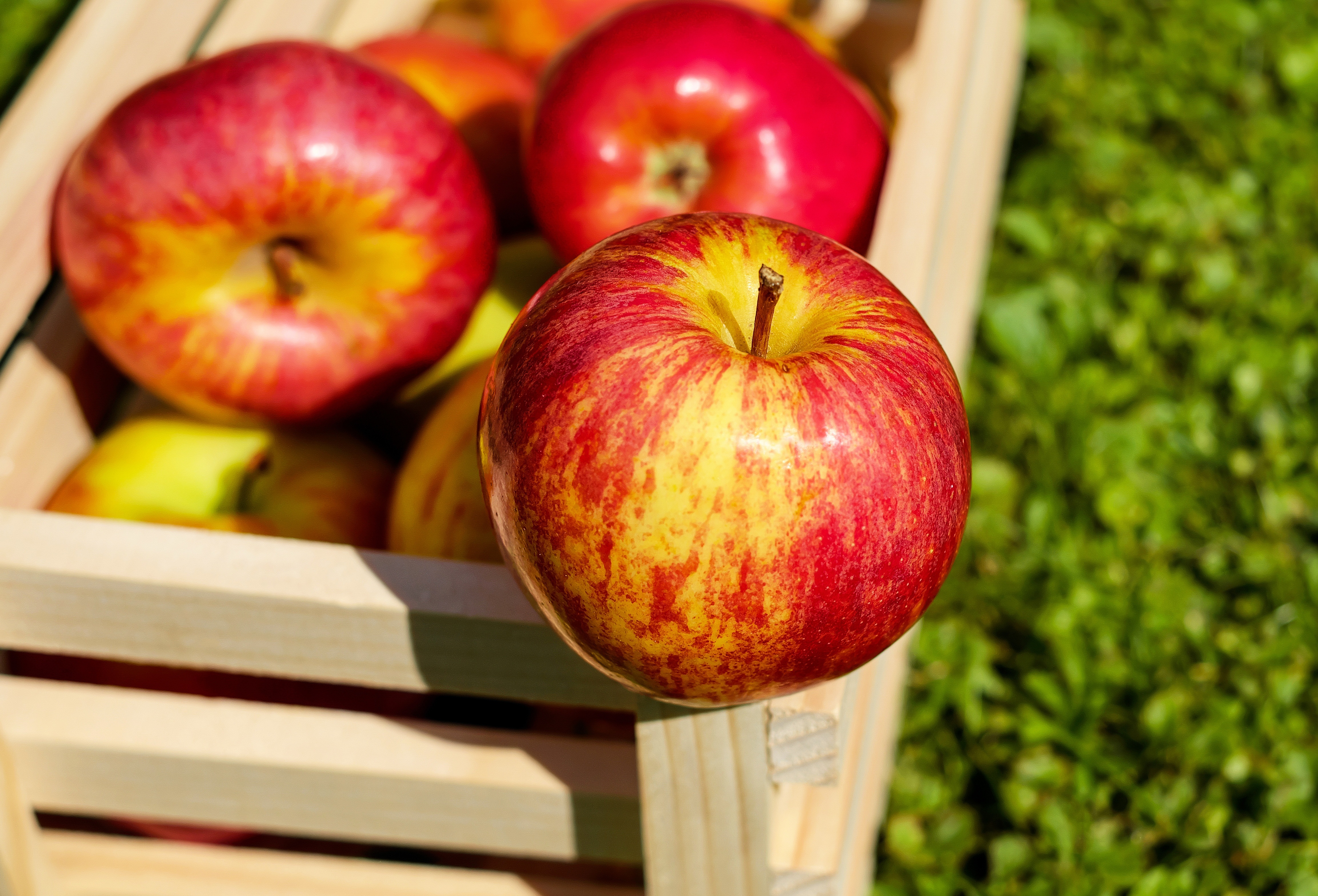
I feel as though snacking has developed a bad reputation in our society. Ever so often, I come across articles that discuss how snacking contributes to eating an excess of calories, how it promotes weight gain, and how it can be detrimental to one’s weight loss plan.
There are two sides to every story and even though snacking may sabotage your weight loss efforts, keep in mind that there is a wrong and a right way to snack. The key is for you to ‘snack smart’.
Here are some benefits of snacking:
- Consuming a healthy snack between meals can suppress your hunger
- Snacking can prevent overeating at meals by controlling your appetite throughout the day
- Eating small, frequent snacks throughout the day keeps your metabolism revved up
- Snacking provides necessary fuel needed to prepare and recover from exercise
- It can help you close nutritional gaps in your diet
When choosing a snack, pick foods that satisfy your hunger, supply your body with energy, and are rich in nutrients. In order to ‘snack smart’ choose from the following food groups:
- Fruits and Vegetables – These are nutrient dense and have low calories
- Whole grains – Rich in fiber and complex carbohydrates for an efficient energy boost
- Low fat dairy products – Excellent sources of calcium and protein
- Nuts and Seeds – Provide protein for satiety. However, they are calorically dense so do not consume these in large quantities
Keep in mind that snacks that are 100 calories or less will help you stay within your daily caloric allowance.
When in the mood for something crunchy:
Choose apples, celery sticks, carrots, and unsalted rice cakes
When in the mood for something sweet:
Try fresh or frozen fruit, semi-sweet dark chocolate, or Greek yogurt with no added sugars
When in the mood for something savory:
Pick unsalted nuts, low-sodium crackers, or low-sodium, low-fat popcorn
When in the mood for a drink:
Choose water, tea, plain coffee, unsweetened juices, or plant based milk such as almond milk or cashew milk
Bottom line … when done sensibly, and in moderation, snacking isn’t bad for you.







